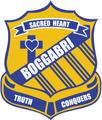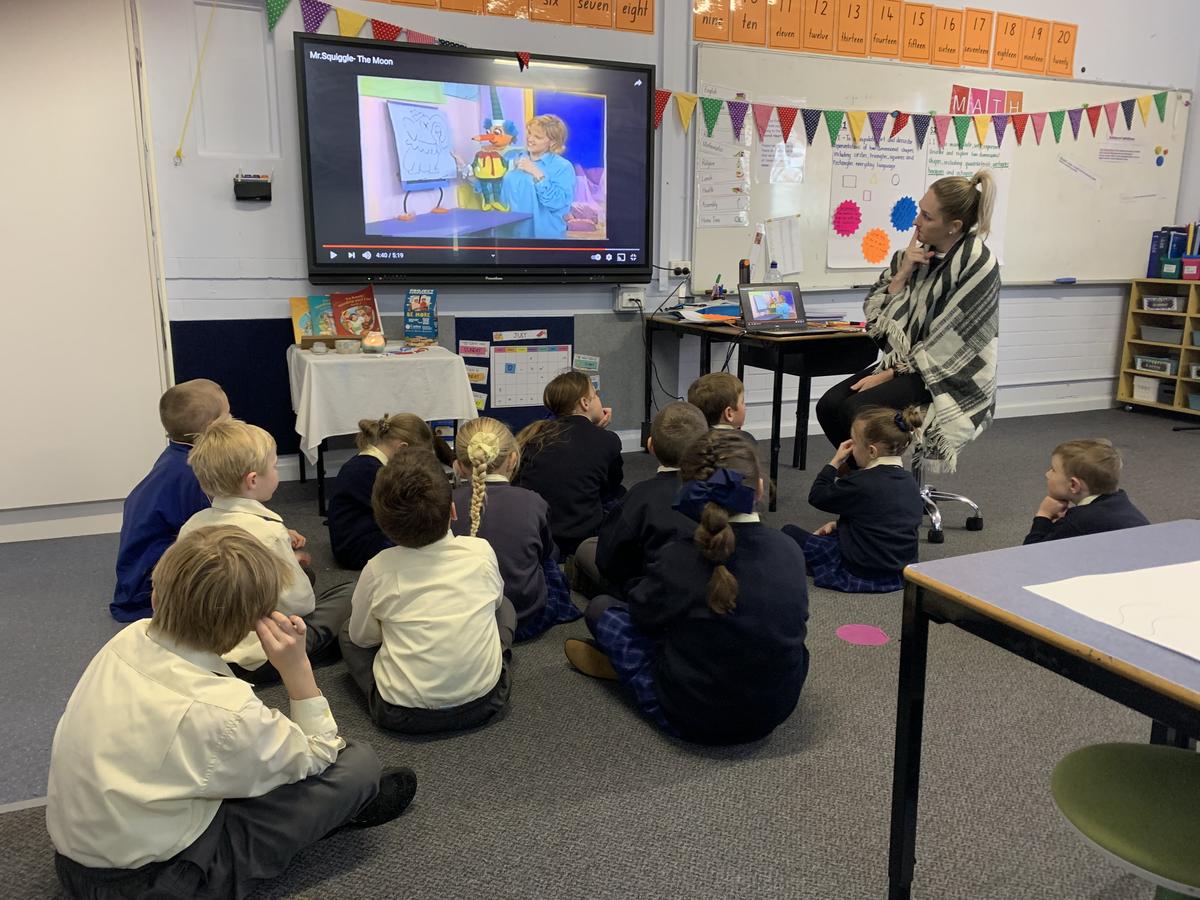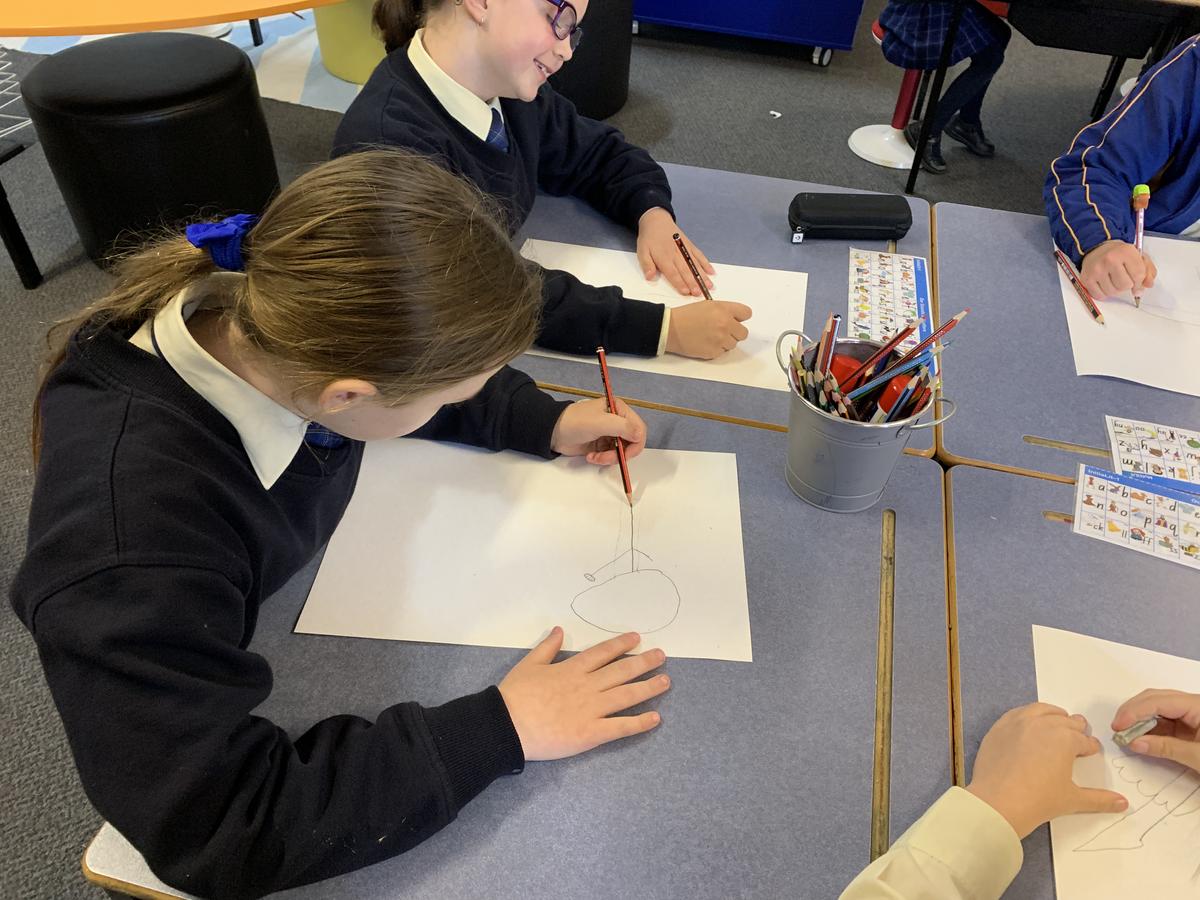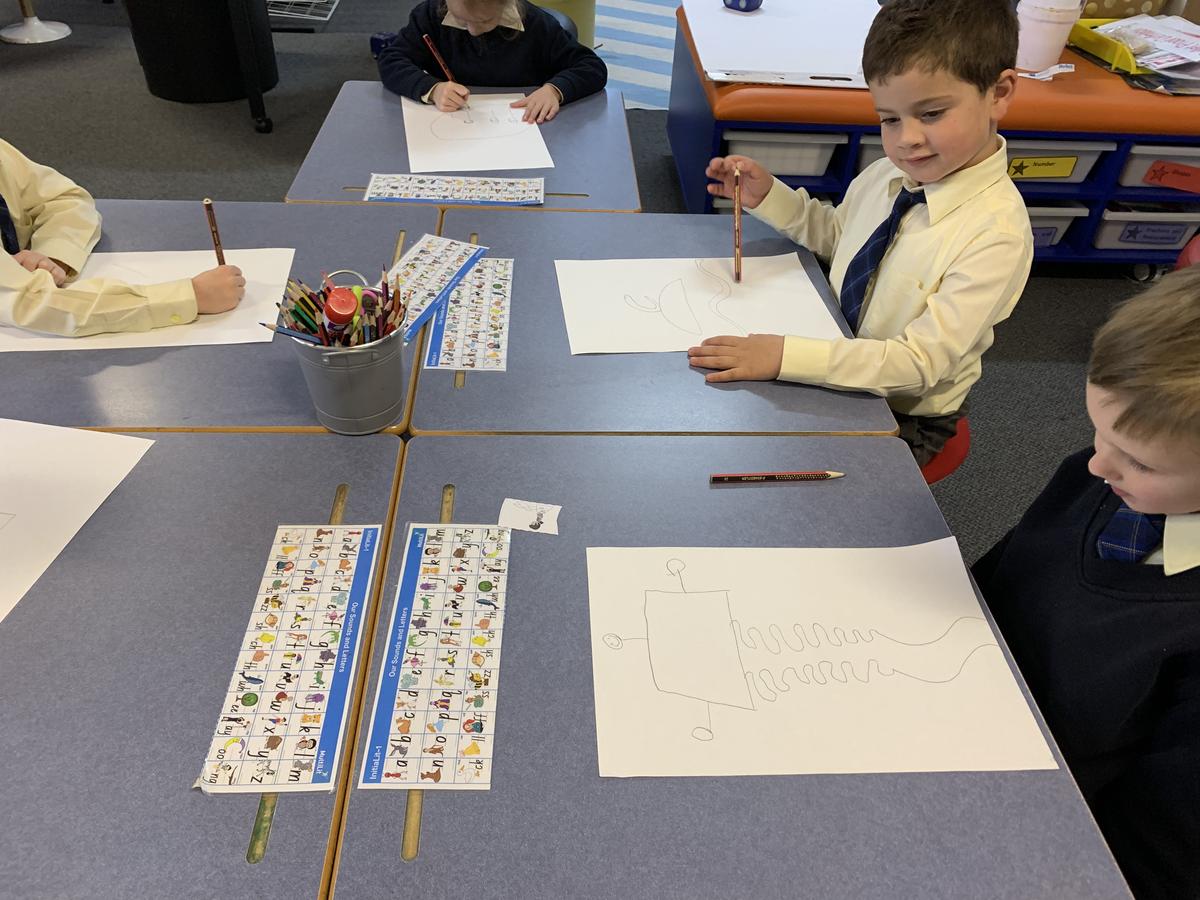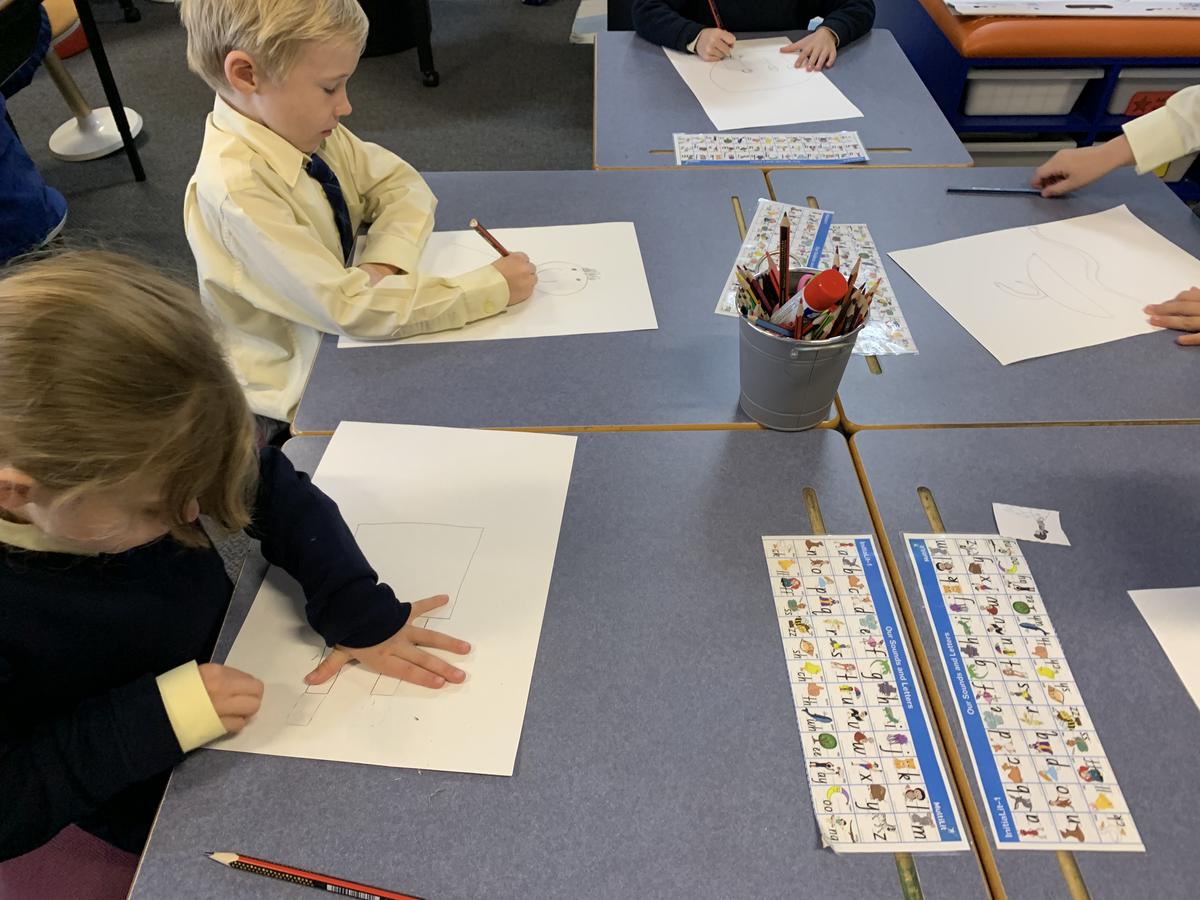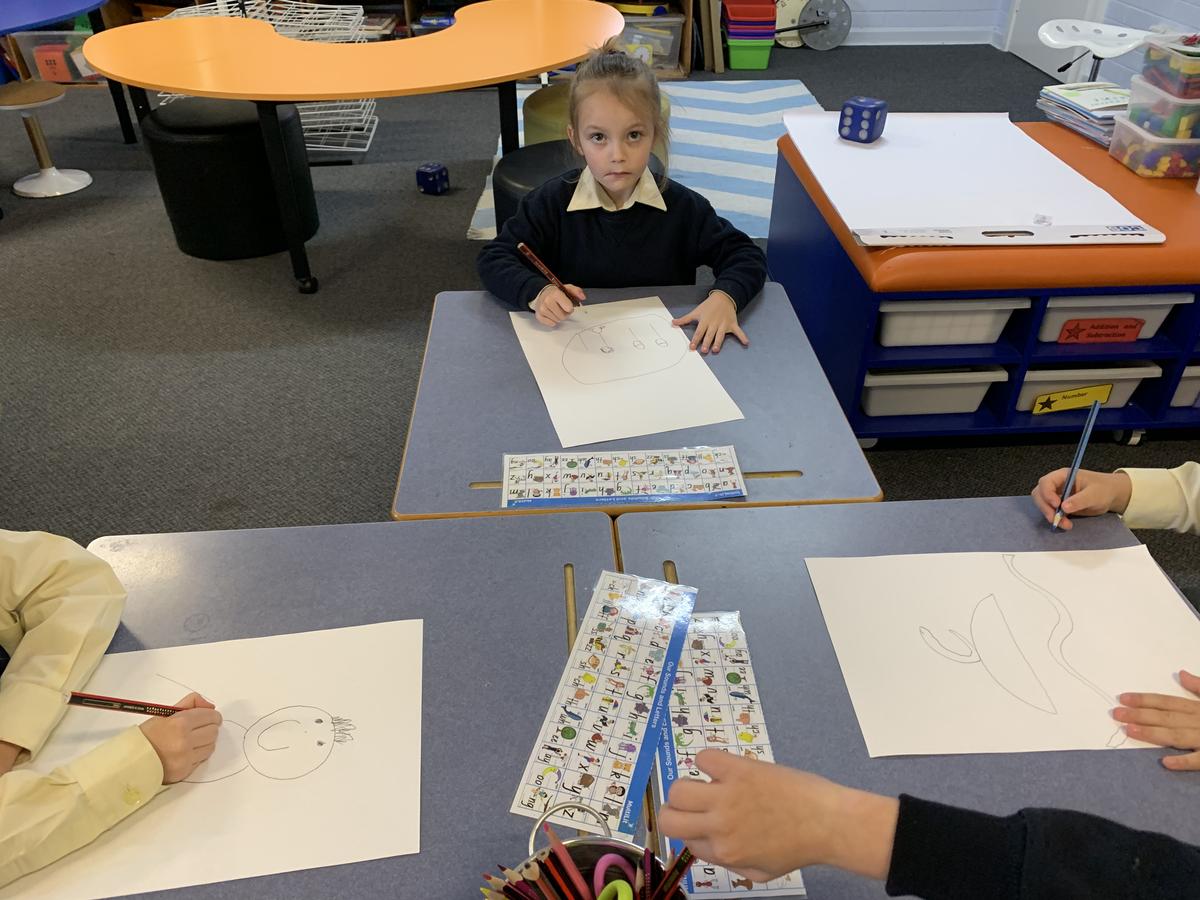CLASS NEWS
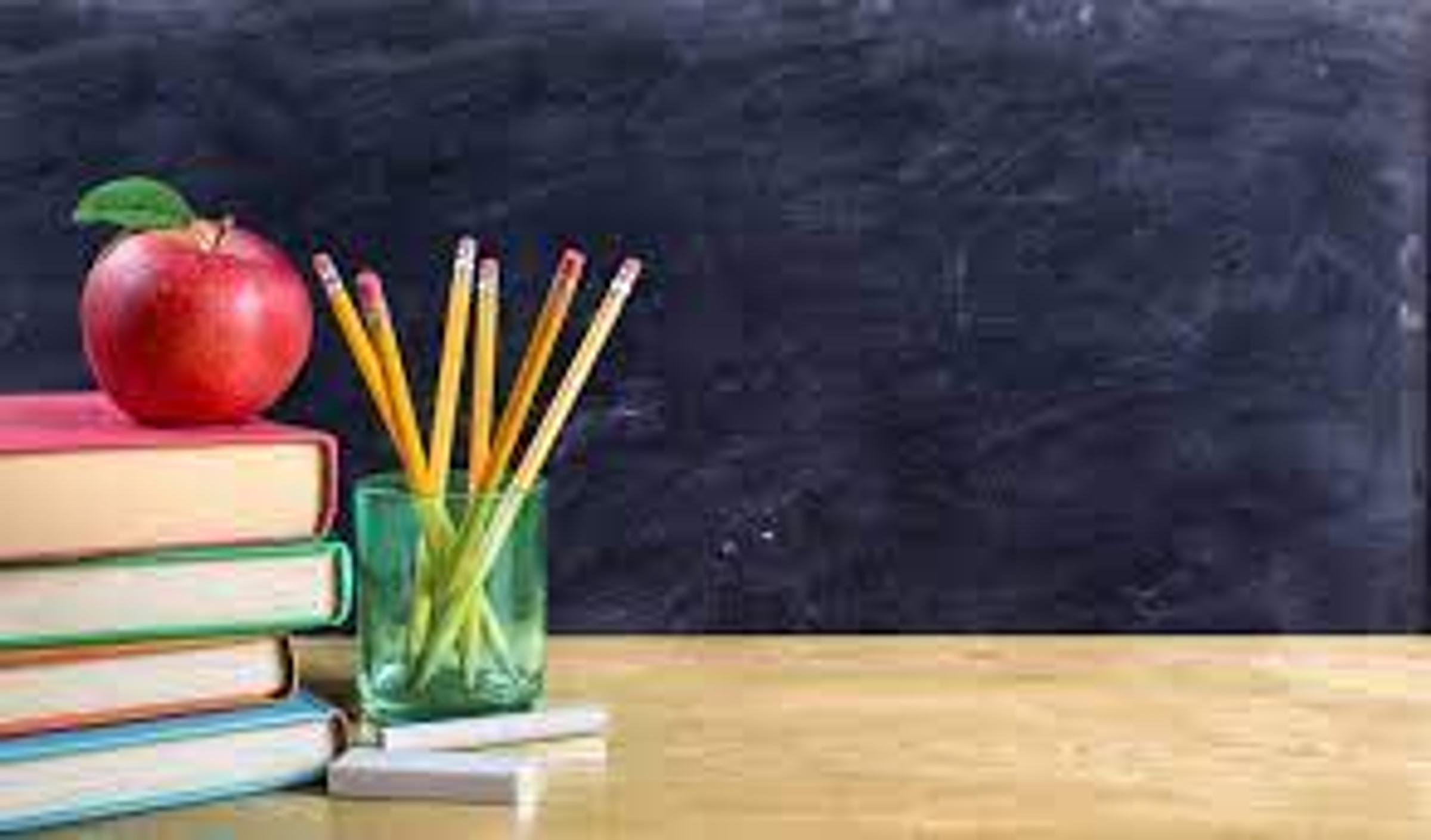
The Balanced Reader Week 2
How can we best help our children to read at home? Click on the link below to find out more.
Students Of The Week ~Week 1
for Attitude, Values and Study Habits
Transition - Tyler Stevens
for excellent manners all day.
K-1-2 - Kayla Kleinschafer
for excellent reading and sounding out unfamiliar words.
Yr 3-4 - Ava Stevens
for writing interesting and informative animal reports.
Yr 5-6 - Hunter Rigelsford
for his lovely ideas on our 'Core Values'.
Reading Awards
75 Nights ~ Kayla Kleinschafer, Elsie Groves, Rex Plevey
100 Nights ~ Evie Watt, Lachlan Bates
125 Nights ~ Evie Watt
MATHS
Students in K/1/2 are learning about 2D shapes.
Students should be able to communicate using the following language: shape, circle, triangle, quadrilateral, square, rectangle, pentagon, hexagon, octagon, orientation, features, side, vertex (vertices), vertical, horizontal, portrait (orientation), landscape (orientation), parallel.
The term 'vertex' (plural: vertices) refers to the point where two straight sides of a two-dimensional shape meet (or where three or more faces of a three-dimensional object meet).
The term 'shape' refers to a two-dimensional figure. The term 'object' refers to a three-dimensional figure.
Students should be able to communicate using the following language: shape, two-dimensional shape (2D shape), circle, triangle, quadrilateral, square, rectangle, pentagon, hexagon, octagon, orientation, features, symmetry, slide, flip, turn, full-turn, half-turn, quarter-turn, clockwise, anti-clockwise.
In Stage 1, students refer to the transformations of shapes using the terms 'slide', 'flip' and 'turn'. While in Stage 2, students are expected to use the terms 'translate', 'reflect' and 'rotate', respectively.
Linking the vocabulary of half-turns and quarter-turns to students' experiences with clocks may be of benefit.
A shape is said to have line symmetry if matching parts are produced when it is folded along a line of symmetry. Each part represents the 'mirror image' of the other.
